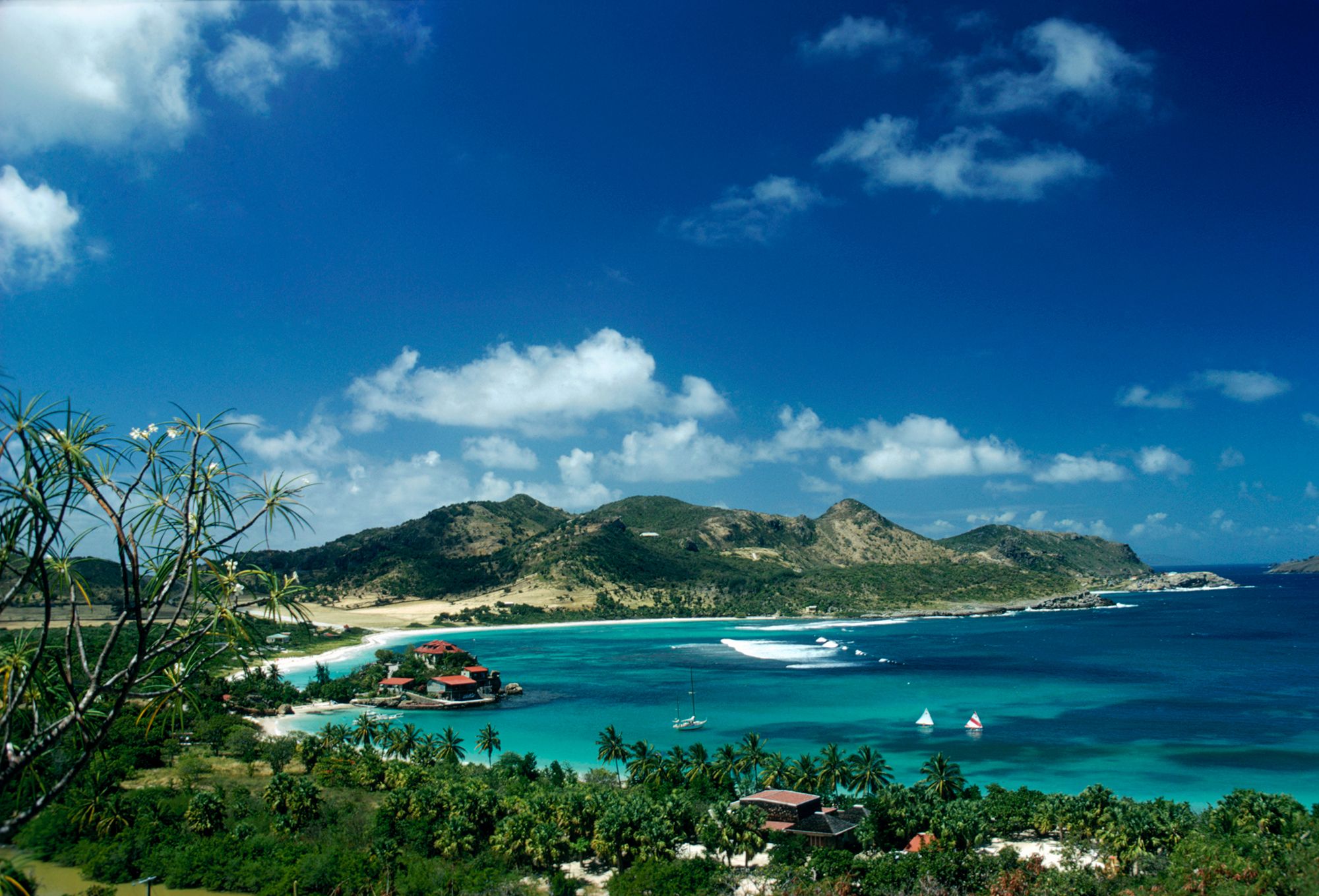Stili Protettivi per Capelli Naturali Durante gli Allenamenti

Quando si tratta di fare esercizi fisici, ci sono ovvietà come l'abbigliamento, le scarpe comode e una bottiglia d'acqua. Ma per le donne nere, una necessità altrettanto importante è avere un'acconciatura che possa resistere anche ai più sudati degli allenamenti. Dopotutto, i tuoi capelli non dovrebbero essere compromessi dai tuoi obiettivi di salute e i tuoi obiettivi non dovrebbero essere compromessi dai tuoi capelli. Ecco allora le acconciature protettive per i capelli naturali che proteggono i tuoi capelli dalla sudorazione e dai danni connessi (pensate alla frizzibilità).
Per chi non lo sapesse, le acconciature protettive sono esattamente ciò che suonano: acconciature che proteggono i capelli dai danni causati dal sole, dalle temperature estreme e dal manipolamento e tiraggio eccessivi dovuti allo styling abituale. Queste acconciature tengono i tuoi capelli lontani dal viso e con le punte raccolte (entrambe benedizioni assolute mentre ci si allena) e non richiedono una grande manutenzione. Le acconciature protettive per i capelli naturali eliminano anche la necessità di uno styling termico e di spazzole o pettini e proteggono i tuoi capelli dall'usura costante, come il contatto con i vestiti, spiega il celebre hairstylist Derick Monroe. (E a proposito di questo...hai davvero bisogno di pettinare i tuoi capelli?)
'Queste acconciature tendono a durare attraverso varie attività come il nuoto, la corsa e l'esercizio fisico in generale', dice Monroe. 'E per le donne di colore, la chiave delle acconciature protettive è permettere loro di mantenere facilmente il loro stile post-allenamento senza doverlo ripetere.' (Altrimenti, le sessioni di sudore intenso e altre attività richiedono frequenti visite al salone di bellezza).
Non importa se i tuoi capelli sono lunghi, corti, ricci, crespi, lisci, una parrucca o una treccia: C'è un'acconciatura protettiva là fuori che può funzionare per te e per la tua routine di allenamento. Quindi, come si fa a sapere quale acconciatura protettiva è la migliore per te? Quella che ti fa sentire più a tuo agio, dice Monroe. E sebbene non ci siano regole per scegliere uno stile, ricorda che alcune possono essere realizzate facilmente da sole (come le trecce o una coda di cavallo), mentre altre richiedono una sessione in salone (come i box braids). In generale, tuttavia, la tua acconciatura protettiva può durare fino a due mesi o fino al giorno del tuo prossimo lavaggio, spiega Monroe.
Che tu abbia appena iniziato col trattamento naturale o lo faccia da anni, queste acconciature protettive per i capelli naturali possono resistere anche ai più duri degli allenamenti e permetterti di sembrare fresca anche dopo. Scorri in basso per otto acconciature protettive per i capelli naturali che puoi provare la prossima volta che ti alleni.
Se vuoi avere un'acconciatura protettiva per i capelli naturali che non richieda molta, se non nessuna, messa a punto dopo aver sudato, le trecce potrebbero essere la migliore opzione per te. Dalle trecce singole e mini trecce ai box braids e mini cornrows, ci sono innumerevoli modi per sfoggiare questo stile. Prendiamo ad esempio i box braids: anche se possono essere un po' pesanti (le mini trecce sono un'ottima alternativa in tal caso), sono superfaciIi da sistemare prima e dopo l'allenamento e non richiedono una grande manipolazione. Per mantenerle fresche nel tempo, tirale all'indietro in un chignon e coprile con una bandana di cotone per assorbire il sudore, suggerisce Daryce Tolliver, proprietaria del salone A Curl Can Dream e consulente per i capelli 4C ONLY.
Eleva il tuo look (e, a sua volta, il tuo allenamento - si tratta di scienza, seriamente) aggiungendo uno di questi accessori al tuo abbigliamento sportivo. Non solo sono protettivi, ma sono anche molto efficaci nel mantenere i tuoi bordi al posto e i tuoi capelli lontani dal viso. Anche se non ci sono regole su come indossarli, assicurati di scegliere un materiale di seta o satinato, come il Grace Eleyea Satin Lined Knot Turban (Compra, $30, ulta.com), per evitare una frizzabilità eccessiva.
Non vuoi avere tutta la testa coperta? Prova un cerchietto - ovvero il "tuo migliore amico durante l'allenamento", dice Nicolle Lemonds, colorista presso il salone Devachan di New York City. '[I cerchietti] mantengono i tuoi capelli lontani dal viso senza causare la frizzabilità o danneggiare la cuticola', spiega. Quando si sceglie il cerchietto giusto (o se lo si crea da soli tagliando un pezzo di tessuto o una sciarpa), Lemonds consiglia di scegliere uno che aderisca bene ai capelli in modo che rimangano lisci e al loro posto. Niente di peggio che dover riposizionare il cerchietto ogni pochi minuti durante una classe intensa di spinning o una corsa all'aperto.
Se non hai mai sentito parlare del "pineapple", è tempo di farlo. Questa coda di cavallo molto alta e leggermente raccoglità permette a tutti i tuoi ricci di cadere in avanti e di stare sulla parte superiore della testa, liberandoti dalla sensazione di capelli appiccicosi sul collo e sulla schiena mentre si suda.
Tradizionalmente, questo stile protettivo dei capelli naturali utilizza un elastico o cerchietto (Compra, $11, amazon.com) per raccogliere i capelli senza fare indurimenti. Quando fai il pineapple, Monroe consiglia di utilizzare del gel, una leggera spruzzata di lacca o un cerchietto per tenere lisci e in posizione i bordi. Dopo tutto, i bordi crespi non sono esattamente ideali per lo styling post-allenamento.
Similar to two-strand twists, Bantu knots make styling your strands after sweating a no-brainer by twisting different sections of your hair into tight little buns. 'When you release your hair [from the buns] after your workout, you'll still have your curls intact,' says Michael Duenas, celebrity hairstylist. To avoid frizz, make sure your knots are tightly secured to the head during your workout and don't feel loose or wobble with movement; you can also use bobby pins to keep the Bantu knots in place. The key is to make sure that your hair is fully dry before untwisting the buns after working out. You can also refresh your scalp and hair with a quick spritz of dry shampoo before leaving the gym. (Need to refill your dry shampoo stash? Check out these Black-owned beauty brands for all of the hair-care products...and then some.)
When it comes to gym hairstyles (including protective styles for natural hair), top knots — or messy buns, or whatever you choose to call 'em — are always a good idea. They're easy, cute, and take practically no time to perfect. A messy bun is the 'perfect way to control your curls and keep them out of your face,' says Dominique LyVar, senior stylist and educator at Devachan Salon. Top knots are also a good choice for anyone who likes to change their look on the reg, adds LyVar.
Early morning exercisers, rejoice! This simple style — which is one of LyVar's go-to's, BTW — can easily be done before hitting the hay at night, so there's one less thing to do in the a.m. before breaking a sweat. You'll want to part the hair into small- to medium-sized sections and start twisting the hair from the root to the tip. In addition to being a timesaver, these twists stand out for their post-workout hairstyle versatility: You can either leave the twists as they are or unravel them to reveal a curly look.
Ah, the ponytail: a tried and true way for keeping hair out of your face, whether you're following a yoga flow or lifting weights. For finer hair types, in particular, try a semi-loose ponytail for a workout protective style for natural hair, recommends Monroe. The looser the elastic and 'tail, the less likely it is that oils and moisture from sweat will get trapped in the hair, which can cause odor, he explains. Better yet, opt for an oversized silk scrunchy, such as this one from LilySilk which won't pull or tug on your hair during, say, burpees, but will still keep strands in place without leaving any indents. To be even more sure that your hair stays frizz- and indent-free, after exercising, let your hair dry completely before taking out your elastic.
If you're working with third- or fourth-day curls but you're still not quite ready to wash your hair, this protective hairstyle should be your go-to, says Lemonds. Just be sure to braid as close to the scalp as possible to avoid frizz and excess moisture build-up on the scalp. 'You can braid them all the way down or even stop halfway and leave the ends out,' she explains. Then once you're done sweating, if you choose to take the braids out, unravel them carefully for practically perfect waves.
A signature protective style for natural hair is the beloved crown braid, perfect for keeping your hair neat and tucked away as you get your workout in. There's nothing like that gross feeling of your hair getting stuck to your face, neck, or back mid-workout. To prevent that, part your hair down the middle and start braiding one of the sections taunt to the scalp. Work your way around your entire head until all of the hair is tucked away in the braid. When you reach the end, use a bobby pin to secure the braid in place. The best part is that once you're done working out, you have the perfect hairstyle to run errands or grab food with friends.
Lastly, if you want to achieve a variation of the pineapple style sans the headwrap, you can create two afro puffs. Part your hair down the middle and gather each section at the top of your head, similar to the pineapple, and secure each side with a hair tie. This fun style not only helps to keep your curls and coils intact, but it also helps reduce puffiness and frizz at the roots from sweating during workouts.




